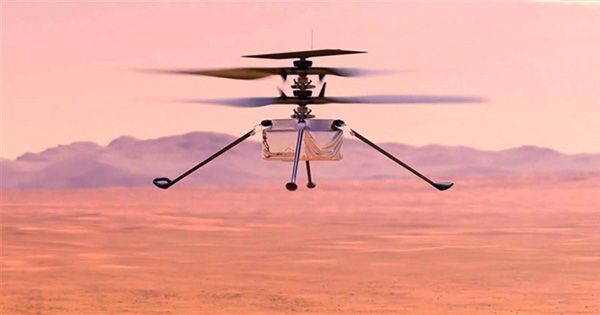As part of its Murabba downtown plan in Riyadh, the Saudi Arabian government has revealed plans to construct a 400-meter-tall cube-shaped skyscraper called Mukaab.
The 19-square-kilometer development is slated to be constructed to the northwest of central Riyadh and is being planned as a new downtown area for the Saudi capital city.
It will be constructed around the Mukaab structure, which is expected to be “one of the biggest built structures in the world” and is referred to as the “new face of Riyadh”.
The building will be 400 meters high and 400 meters long on each side, making it a supertall tower. It will grow to be the city’s highest structure.
The cube-shaped structure will be encased in a triangular facade inspired by contemporary Najdi architecture, made up of overlapping triangular shapes.
Two million square meters of shops, cultural, and tourist attractions will be housed there, in addition to an almost full-height atrium area with a spiraling tower.
As chairman of the recently established New Murabba Development Company and the Saudi crown prince Mohammad bin Salman, the Mukaab skyscraper is a component of the larger Murabba district.
In addition to more than 100,000 residential units, 9,000 hotel rooms, more than 980,000 square meters of retail space, and 1.4 million square meters of office space will all be included in the larger expansion.
A multipurpose immersive theater, an institution of technology and design, 80 entertainment and cultural venues, and an “iconic” museum will also be included.
The Saudi Arabian government expects the initiative to be finished by 2030.
It is one of many massive projects presently under construction in Saudi Arabia that are being financed by the country’s Public Investment Fund as a part of the Saudi Vision 2030 strategy to diversify the economy of the nation. The most well-known and contentious is Neom. We recently released a piece outlining the major specifics of the growth, which includes the megacity The Line, which is 170 kilometers long.
The initiative has drawn criticism for its potential negative effects on the environment and for possible violations of human rights.
According to Peter Frankental of Amnesty International, businesses working on Neom are confronted with a “moral dilemma” and should “think twice” before continuing with the project.
















